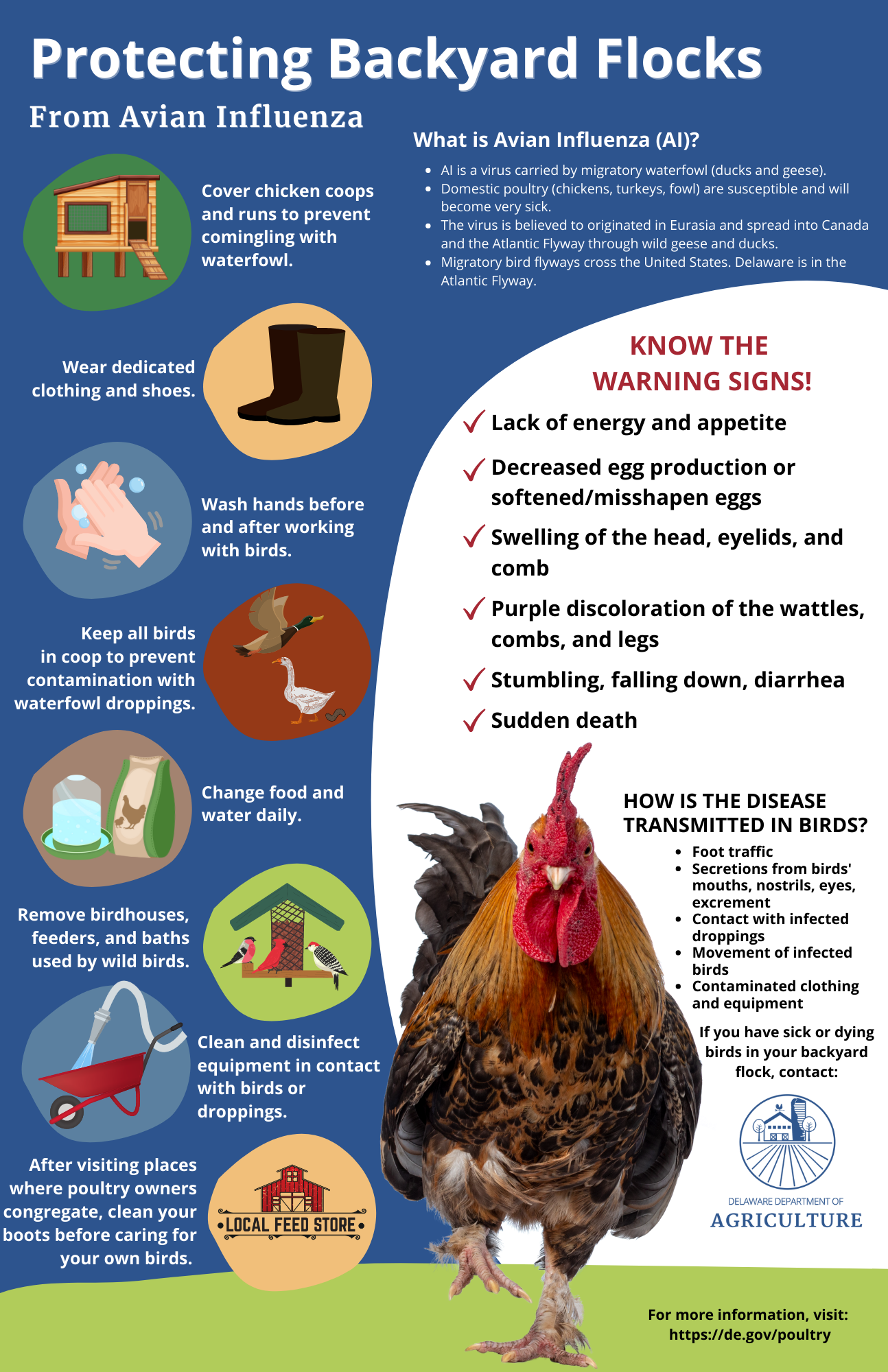
Bird Flu and Milk: Researchers Identify ConnectionBird Flu and Milk: Researchers Identify Connection With cases of bird flu surging in US dairy herds, scientists at Iowa State University have pinpointed a potential reason for its presence in raw milk. Mammary Gland Receptors A study published this month revealed that bovine mammary gland tissue contains receptors for the bird flu virus. This discovery suggests that cattle become infected through this entry point. Potential for Co-Infection Researchers also identified another receptor related to human influenza, raising concerns about the possibility of a new virus forming from co-infection with both strains. Respiratory System Findings While the respiratory system was initially considered a potential infection pathway, minimal evidence of bird flu was found, reducing the likelihood of transmission through this route. Policy Implications Researchers hope their findings will aid policymakers in developing preventive measures such as testing protocols and biosecurity practices to curb the virus’s spread. The virus can survive on milking machines, posing a potential transmission risk. Further Research Bell and his team plan to investigate the presence of bird flu receptors in milk and mammary glands of other domestic animals. They will also examine alternative entry points, including water contamination. Longitudinal Studies Iowa’s Secretary of Agriculture has initiated longitudinal studies to track the virus’s movement within infected herds and determine its exit mechanisms. Prevention and Control These research advancements aim to provide valuable insights for mitigating the spread of bird flu in dairy herds and ensuring the safety of milk for consumers.
With bird flu being detected in more dairy herds in the US, researchers at Iowa State University have found a possible “why” connection as to why the virus is being found in raw milk.
A study published this month by a team from ISU’s Faculty of Veterinary Medicine found that bovine mammary gland tissue contains receptors for the bird flu virus, a potential explanation for how cattle are infected.
Todd Bell, a professor of veterinary pathology and co-author of the study, said the idea to look at mammary glands as a possible entry point for the virus came after it was identified in raw milk. Two ISU alumni identified a disease affecting cattle in Texas as bird flu in the spring, and since then teams at the university and in partnership with other organizations have been working to tackle the virus and its spread from different angles.
“They really answered the ‘what,’ what was really going on, what was making these cattle sick, which is a new and original discovery, and then it was our job as researchers to understand the ‘why,’” Bell said. “We’ve never seen this before. Why is this happening?”
To understand the concept, Bell suggested that viruses be thought of as keys, and receptors as locks on cells. For the bird flu virus to enter a cell and reproduce, it needs the right receptor. The research team found that receptor on the mammary glands of cattle.
Another receptor they found is related to human influenza, Bell said. That’s important because it opens up the possibility that a cell could be infected by both viruses, potentially leading to the formation of a new virus.
“As far as we know, that hasn’t happened in this particular outbreak, but we wanted to look for those receptors to understand what might be there and hopefully stop transmission and prevent that from happening,” Bell said.
The team also looked at the respiratory system for evidence of bird flu, but found little, reducing the chance of livestock becoming infected.
According to the American Veterinary Medical Association, as of July 12, bird flu had been detected in dairy herds in 12 states, including 13 herds in Iowa. While the virus is found in raw milk, the pasteurization process makes it safe to consume.
Research can inform preventive policy
While Bell and his colleagues’ work is still very much focused on the “why” of avian flu in dairy herds and how it spreads, he said the hope is that their research will help regulators make decisions about testing and biosecurity measures to stop the spread of the virus. He said there is some literature that suggests the virus can survive on milking machines for a few hours after an infected cow has been exposed to it, providing a potential route of spread.
“We hope that what we find will help them make those kinds of decisions, particularly if we can find it in breast tissue, how can we prevent it from getting into that breast tissue in the first place,” Bell said.
Next steps for Bell and his colleagues include looking at the milk and mammary glands of other domestic animals, such as sheep and goats, to see if they also carry receptors for bird flu. Bell said they will also look at their respiratory and gastrointestinal tracts to see if the flu could have other entry points, such as when a wild bird carrying the virus defecates in a water supply and farm animals drink the infected water.
Iowa Secretary of Agriculture Mike Naig told the Iowa Press last week that longitudinal studies are also being conducted on farms to test every animal housed there to track how the virus moves and determine how it exits the herd.
“Because it will do that, it will eventually leave that herd and you want to be able to track those things and have an expectation of how long that will take,” he said on the program.
This story was produced by Iowa Capital-Dispatch, a subsidiary of States Newsroom.
